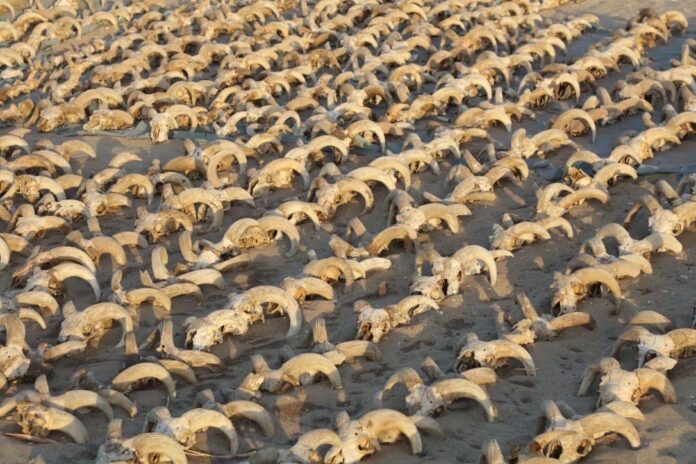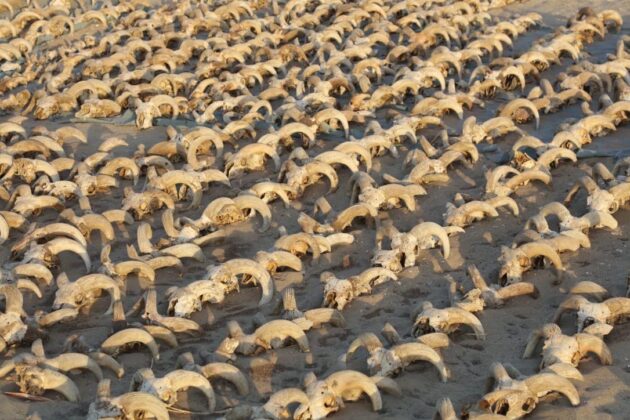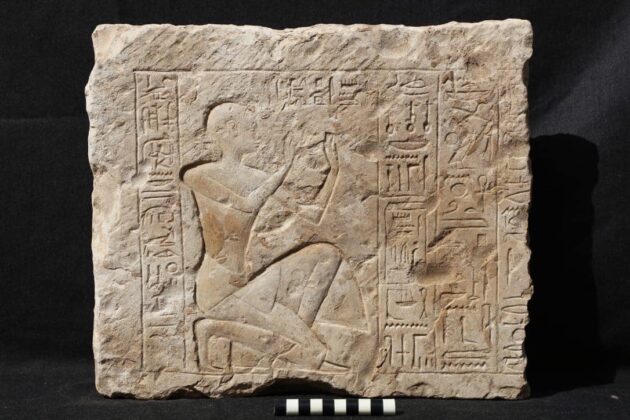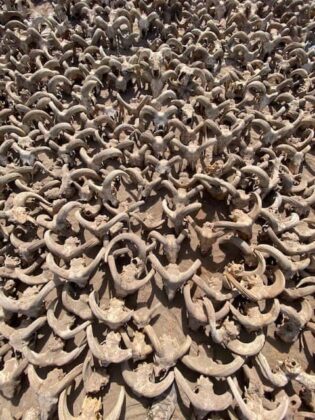Middle East: The American archaeological mission at the University of New York working in the area of the King Ramses II Temple of Abydos has successfully unearthed more than 2,000 decomposed ram heads dating back to the Balthlemian era, as well as a huge building from the Sixth Dynasty era.
On his part, Dr Mustafa Waziri, Secretary-General of the Supreme Council for Archaeology, stressed the importance of this discovery, which uncovers important details in the life and history of the Temple of King Ramses II in Abedos and the surrounding area.
The discovery was further emphasized, especially in light of the archaeological and historical importance of this temple, which greatly contributed to knowing the location of the temple and what it witnessed. From life over one thousand years, from the Sixth Dynasty to the Heroic Age, said reports.
He further added that the mission also uncovered a number of animals perched beside the heads of the rams, including a group of goats, wild goats, cows, deer and an ostrich, which were found in a newly discovered warehouse room within the northern area of the temple.
For his part, Dr Sameh Iskandar, head of the mission, pointed out that the discovery of this large number of embellished rams may have been used as offering offerings during an unprecedented worship of the rams in Abydus during the Bipidus period. In addition, it suggests that the sanctification of King Ramses II in Abydos remained after his death for a thousand years.
The reports further added that the discovered huge building dating back to the age of the sixth family Vimtaz with a distinctive and unique architectural design featuring its huge thick walls about five meters in width.
Lafta further cited that this building will greatly contribute to rethinking and rethinking the activities and architecture of the old state in Abydus, the nature and shape of the place And the activities that took place before Ramses II was established for his temple and the accessories surrounding it.
Notably, Professor Mohamed Abdel-Badi, head of the Central Administration for Archaeology of Upper Egypt at the Supreme Council of Archaeology, added that the mission was also got success in uncovering parts of the northern wall surrounding the temple and its accessories.
The northern walls also call for a change of mind about the shape of the temple of King Ramses II and what has been described and painted. It has been circulated among scientists and researchers since it was discovered more than 150 years ago, as well as finding parts of statues, parts of hills, remains of ancient trees, clothing and leather shoes. This and the Mission will continue their excavation work on-site to uncover more about the history of this site and analyses and document what has been uncovered during the current excavation sessions.










